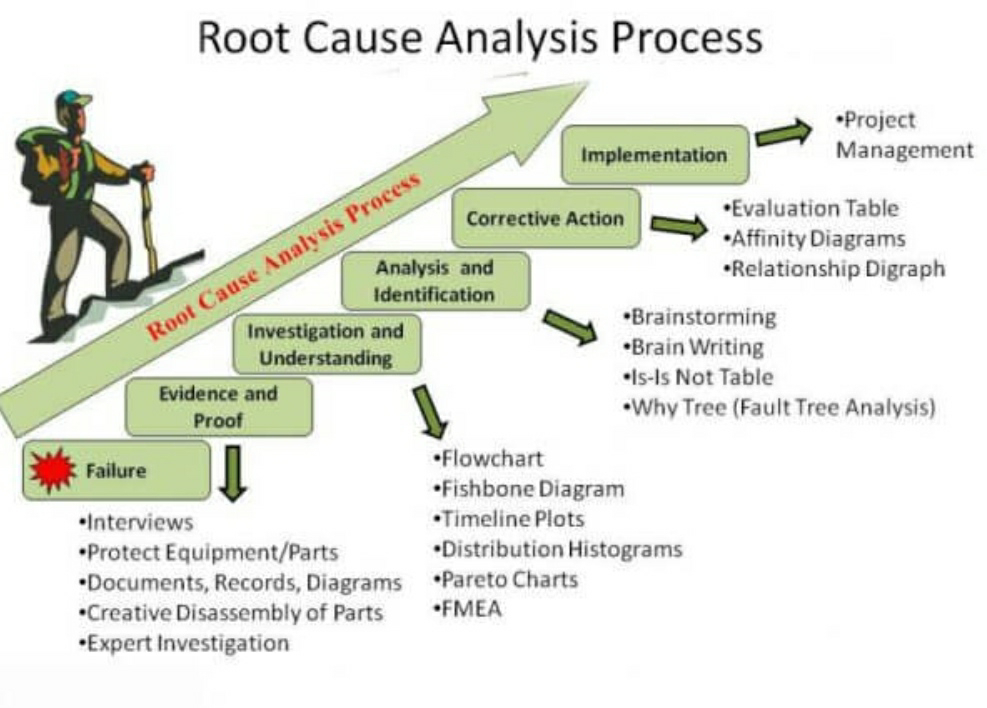When dealing with a workplace accident, immediate hazard removal is crucial, but addressing the root cause is even more vital. A Root Cause Analysis (RCA) is a pivotal step in investigating incidents, ensuring you tackle the underlying issues, not just the symptoms.
What is a Root Cause Analysis (RCA)?
A Root Cause Analysis delves into identifying the fundamental cause of an issue or incident, going beyond addressing the immediate triggers. Whether it's an injury caused by machinery or a tripping incident, RCA aims to unearth core issues leading to the accident.
Why Conduct an RCA?
Workplace accidents disrupt operations and can lead to legal consequences. Conducting an RCA prevents recurrence, fostering a safer work environment and safeguarding against legal repercussions or damage to reputation. RCAs aren't limited to accidents; they can address a range of incidents from security breaches to quality control problems.
Root Cause Analysis Steps
1. Define the Scope: Clearly outline the specific issue to address, increasing the likelihood of finding and correcting the root cause. Focus on the incident's particulars to avoid missing the mark.
2. Select a Team: Form a team comprising individuals familiar with the processes related to the problem. Collaboration enhances the analysis, bringing diverse perspectives to light.
3. Organize Data: Develop a timeline to visually map out the accident, aiding in the organization of investigation information and pinpointing where issues arose.
4. Identify Contributing Factors: Add details to the timeline, questioning why each event occurred. This reveals contributing factors that led to the accident.
5. Determine Root Causes: Dig deeper by asking why each contributing factor occurred. It's possible to identify a common root cause for multiple factors.
6. Create a CAPA Plan: Formulate and implement a Corrective and Preventive Action (CAPA) plan based on your findings. This includes immediate corrective actions and preventive measures to mitigate future risks.
7. Review Changes: Assign and schedule corrective and preventive actions, then assess and review changes to measure the success of implemented measures.
By following these steps, a comprehensive RCA enhances workplace safety, mitigates risks, and ensures lasting solutions to prevent recurring incidents.






No comments:
Post a Comment